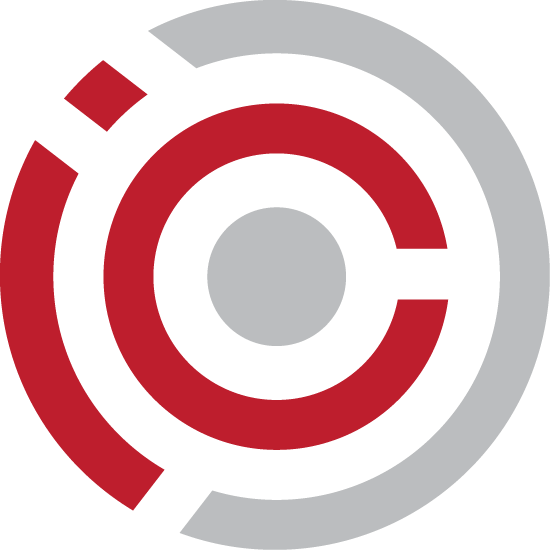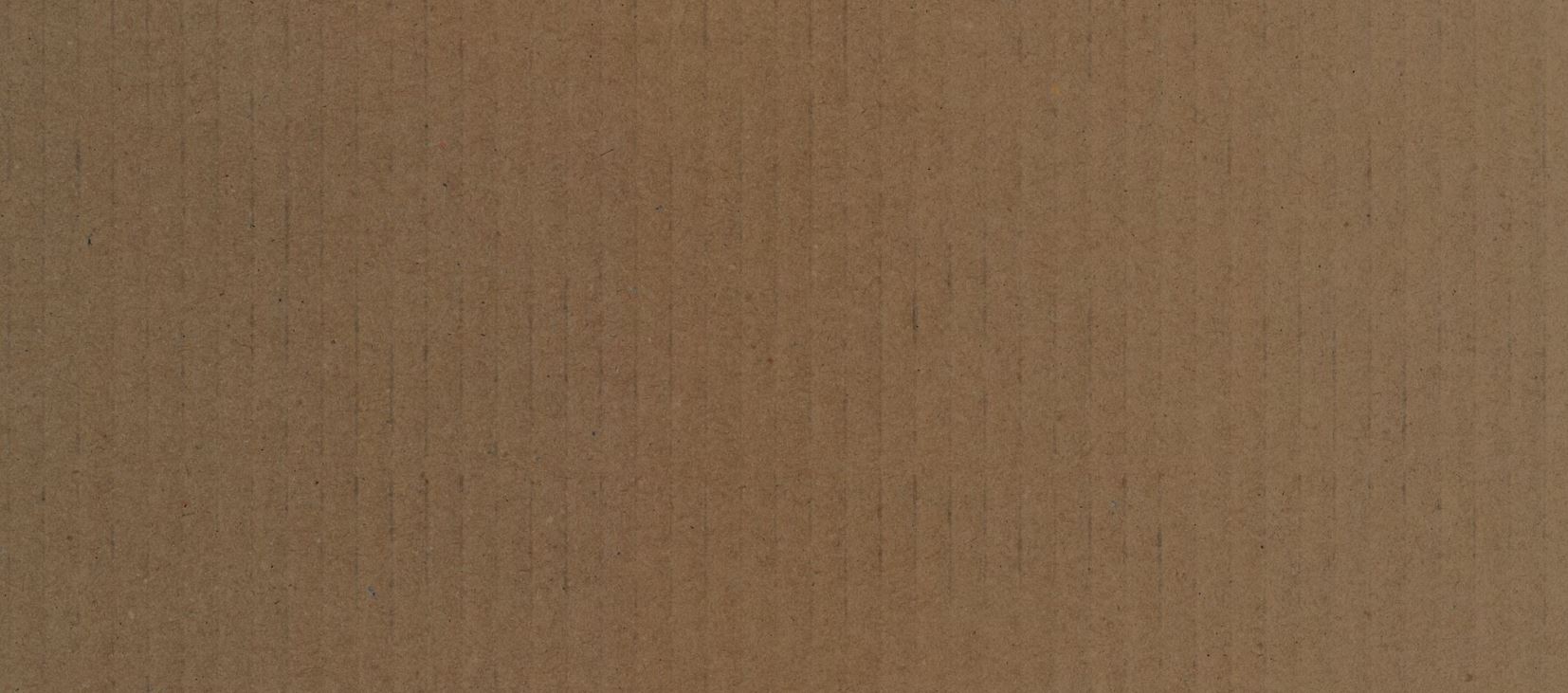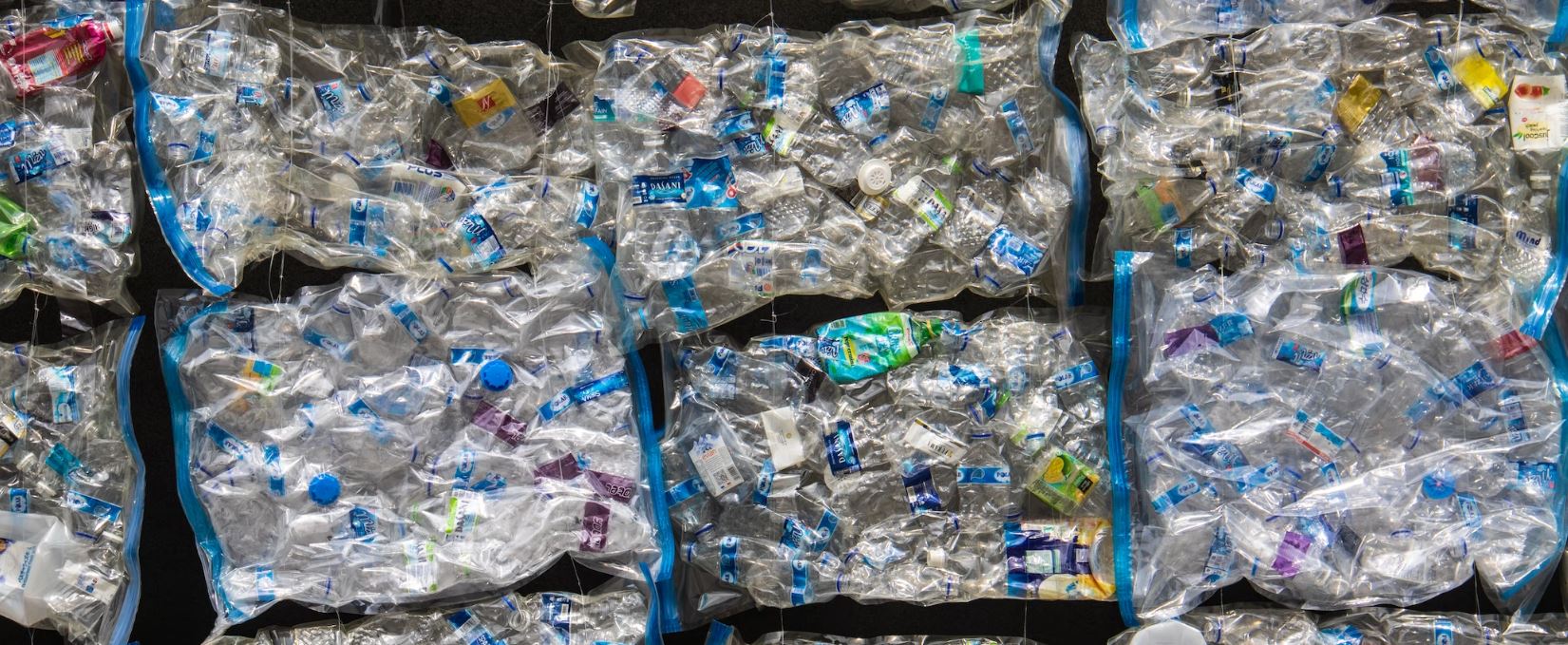The PET Files
Reusing materials is one of the most effective ways to reduce waste and promote sustainable practices. When it comes to packaging materials, cardboard is a prime example of how reusing can be better than recycling.
Cardboard is a versatile and widely used material in the packaging industry, but it has a drawback: it is not easy to recycle. The recycling process requires a lot of energy and resources, and the quality of the recycled material is often poor.
On the other hand, reusing cardboard is much more efficient. When a cardboard box is used multiple times, it reduces the need to produce new boxes, saving on the energy, materials, and labor required to make them.
This is why IC-Plastica is pioneering the way in the packaging industry with a return and earn cardboard system for non-food grade critical customers. Our system provides our customers with thick, high-quality cardboard boxes that they can use again and again. We've noticed that this approach is having a positive impact not only on our own processes but also on the processes of our customers, as they start to see the benefits of reusing and are adopting similar practices, leading to a snowball effect of material savings and waste reduction downstream.
Moreover, IC-Plastica has noticed that the reusing approach, not only reduces the carbon footprint and waste, but also can help organizations save money on packaging costs in the long run and also help them in achieving their sustainability goals.
Reusing materials is a simple yet powerful way to make a positive impact on the environment. By choosing to use and reusing our return and earn cardboard system, IC-Plastica's customers can reduce their environmental footprint, save on costs and promote sustainable practices.
The plastic bottle industry is constantly evolving, with new technologies and materials emerging all the time. One of the most promising new developments in this field is the use of RPET, or recycled polyethylene terephthalate, in the production of plastic bottles.
RPET, also known as PCR (post-consumer recycled) PET plastic is made by recycling used PET bottles and converting them into new, high-quality plastic pellets. These pellets can then be used to create new bottles, packaging materials, and other products.
This process is called a full cycle, as the plastic bottles are recycled, remade and then again reused, reducing the need for new plastic and effectively cutting down on the carbon footprint of the plastic industry.
One of the biggest advantages of RPET is that it is much more eco-friendly than traditional virgin PET. RPET requires less energy and fewer natural resources to produce, and it also diverts waste plastic bottles from landfills and the environment.
When compared to glass bottles, RPET bottles have several distinct advantages. For one, they are still lighter, which reduces the carbon footprint of transportation. Additionally, RPET bottles are still less likely to break during transport, which reduces the amount of glass waste in our landfills. Moreover, the production of RPET bottles generates less greenhouse gasses than the production of glass bottles.
Another important aspect is that RPET bottles don't affect the river banks, oceans or the life in it, unlike glass bottles as it can easily break and can harm the aquatic life or even make it difficult for animals to move in the water.



